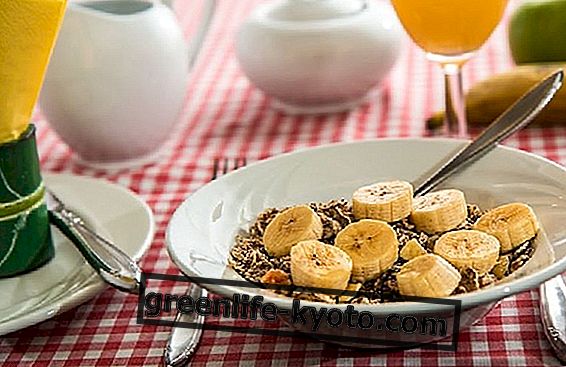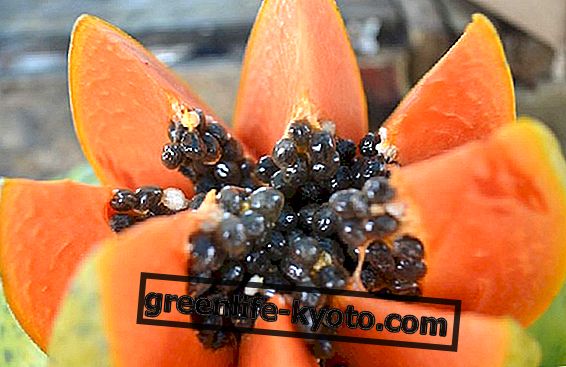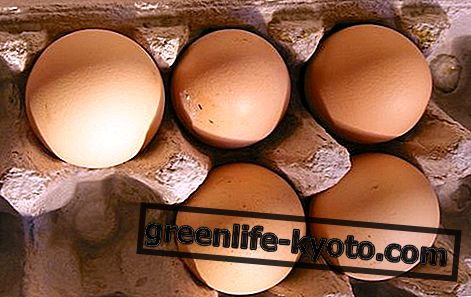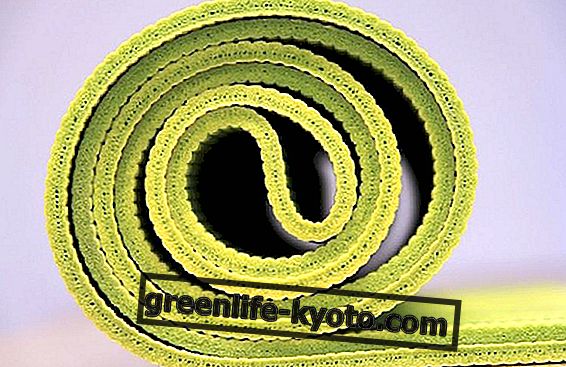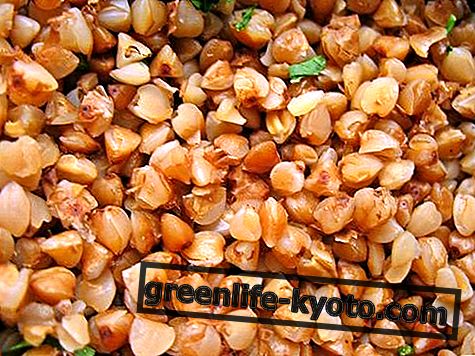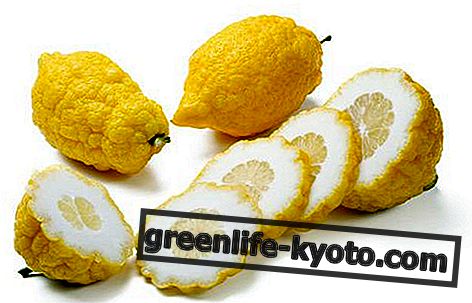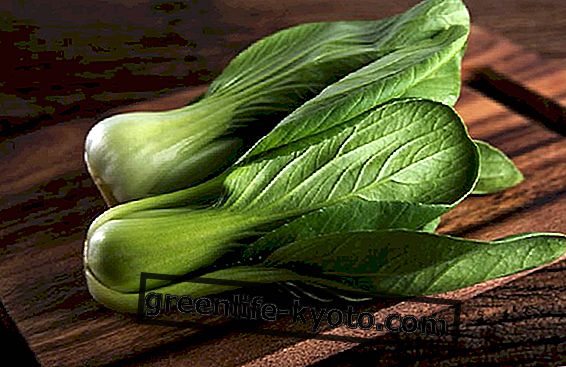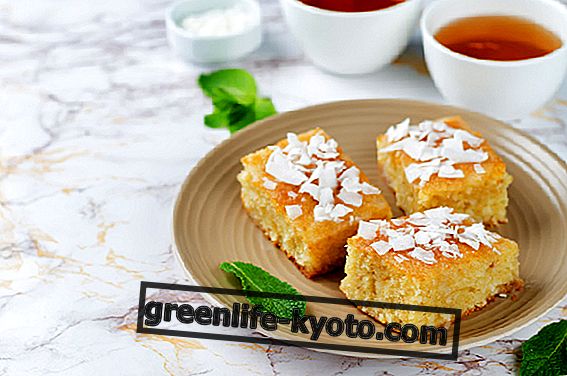
Peanut butter
Peanut butter is a food with a pasty and oily consistency, similar to butter but derived from peanuts. Therefore, it is not a butter in the usual term of the term, since it has no ingredient of animal origin .
Peanut butter is obtained from roasting and grinding peanuts . The appearance is that of a cream with a beige color, more or less dark depending on the roasting and the type of peanuts used. The flavor is of peanuts, but its use goes well with both savory and sweet recipes .
Peanut butter is a valid substitute for butter of animal origin and, used in moderate doses, has qualities that traditional butter derived from cow's milk does not possess.
Peanuts are considered to be dried fruit : in reality the "American peanuts" as we know them are more related to legumes than to oil seeds such as almonds and walnuts. For this reason it has a fair amount of protein, in addition to all the advantages of dried fruit.
Peanuts, and like them therefore also peanut butter, despite being a fat and caloric food are free of cholesterol, and are very nutritious . They are used as a tonic and a powerful anti-aging food .
Read also the special The dried fruit, for what it does well >>
Homemade peanut butter
Peanut butter is now part of our culture. With the extension of the vegan and vegetarian choice, very valid alternatives to animal-derived butter and margarines made up of hydrogenated fats were introduced into the diet.
There are many varieties on the market: from the salty one, imported from the Anglo-Saxon culture, to the pure one, available mainly in organic food stores and specialized in vegan and vegetarian foods.
Doing it at home is very simple and fast . In this way it will be possible to check the ingredients and consistency: something that is not always possible in packaged products. Peanut butter, in fact, due to its consistency and properties, is often added with other oils or preservatives . If instead we self-produce it we can make the quantity we need without having problems with rancidity.
The recipe for making about 100 g of peanut butter is as follows: 200 g of shelled peanuts are required. Choose the ones with the shell, because those already shelled and without the skin are treated to avoid rancidity. Because peanuts can often be imported from very distant countries, look carefully at the appearance, excluding peanuts that have black or moldy spots on the shells.
Dried fruits, including peanuts, can develop aflatoxins and other harmful fungi if not properly stored and cleaned.
Shell the amount you need to get to 100 g, remove the skin, and wash the peanuts under plenty of cold running water. Dry them in a paper towel, and toast them in the oven at 180 degrees for 10 minutes.
You can also toast them in a non-stick pan for a few minutes, making them jump and move several times to obtain a more uniform toasting. Check the roasting: the peanuts should brown but not burn, and spread that characteristic aroma. Once toasted let cool.
Use a pulse blender, preferably with a glass tumbler. Blend until the desired creamy consistency is obtained, add a tablespoon of cold-pressed organic olive or peanut oil . Blend in successive steps to check the flavor and texture. Then add the water and a pinch of salt or honey, to improve the sweet taste and jump depending on your personal satisfaction.
If you have a normal and less powerful blender you can use it anyway. It will be enough to adjust the consistency of the butter with a little olive oil or peanut or extra water, to amalgamate better. And have a little more patience.
It keeps in the fridge for about a week . If after letting it rest you notice that the oily part separates from the more solid one, do not worry: it is normal. Mix everything and peanut butter will be as good as freshly made.
